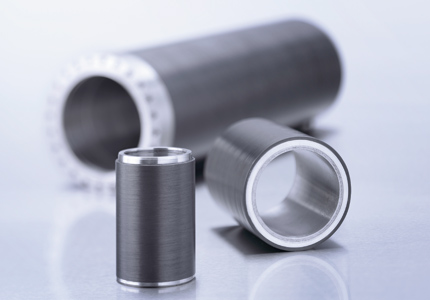Permanent Magnets – The Most Popular Magnet Choice
You’ll find three main types of magnets – permanent, temporary and electromagnets. Of those three types, permanent magnets are the type an average joe is most knowledgeable about. A good example of a standard, everyday permanent magnet is a fridge magnet.
These are considered permanent because once they are magnetized they keep their a higher level magnetism. It is really an object created from a cloth which is magnetized also it creates a persistent magnetic field.
They could be made in almost every possible shape. A great magnet should produce a high magnetic field with a low mass. Furthermore, when you are seeking qualities of the good permanent magnet you need to make certain that it truly is stable up against the influences that could demagnetize it.
There are a number of several types of these and each and every type has different characteristics and properties. What differentiates these includes:
• How easily they are often demagnetized
• How strong they are
• How their strength changes according to the temperature
Varieties of permanent magnets include:
• Neodymium
• Samarium-cobalt
• Alnico
• Ceramic (often known as ferrite)
Neodymium and samarium-cobalt are called rare earth magnets. Rare earth magnets generate the largest magnetic flux with all the smallest mass. These are generally recognized for being the strongest of all the so-called permanent magnets and are hard to demagnetize.
Alnico’s name hails from its components. Alnico is manufactured out of aluminum, nickel and cobalt. This type isn’t easily impacted by temperature, but it’s easily demagnetized.

Finally, ceramic or ferrite magnets might be the favourite type, mostly because of their flexibility. They may be flexible and quite often thin, which means that they may be bent and moved in a lot of other ways, causing them to excellent selections for marketing and advertising purposes. They’re fairly strong rather than easily demagnetized, nonetheless strength varies in line with the temperature.
The uses of permanent magnets vary greatly, including:
1. Mechanical applications depend upon the attractive and repelling force of the magnet. Such applications include:
• Magnetic separators & holding devices
• Torque drives
• Bearing devices
2. Electricity applications rely on utilizing the magnetic field to change mechanical energy into household current. Such applications include:
• Generators and alternators
• Eddy current brakes
3. Mechanical energy applications depend on while using the magnetic field to transform electricity to mechanical energy. Such applications include:
• Meters
• Motors
• Speakers
• Relays
4. Applications that are supposed to direct, shape and control electron and ion beams. Such applications include:
• Ion Pumps
• Cyclotrons
• Cathode-ray tubes
Permanent magnets include the well known and are also employed in a variety of products and environments. When selecting these you intend to consider its strength, performance in temperature and whether it’s easily demagnetized.
For more info about Disc Magnet you can check our new resource.
